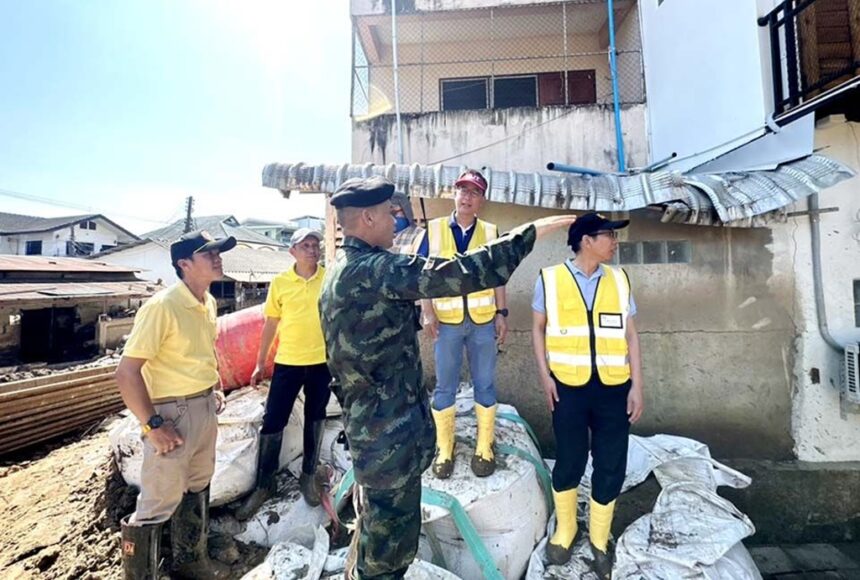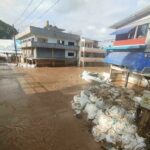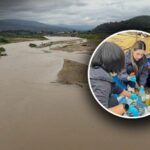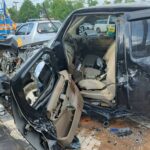A team of engineers from the National Science and Technology Development Agency (NSTDA) has surveyed areas hit by major floods in Chiang Rai and stated that the overall situation is still critical, especially in Mae Sai.
The team has been working with the provincial administrative organization’s president to speed up restoration and create a prototype of “Chiang Rai Smart Environmental City” that can handle all forms of disasters.
The information gathered was sent to the Natural Disasters Committee and NSTDA to request support for flood warning systems, forecasting data, and disaster management.
Asst. Prof. Dr. Amorn Pimanmas, a researcher at the Earthquake Excellence Center, National Research Council of Thailand (NRCT), and president of the Structural Engineers Association of Thailand, led a team of engineers to survey the damage and provide suggestions for repairing various structures affected by the floods in Mueang and Mae Sai districts.
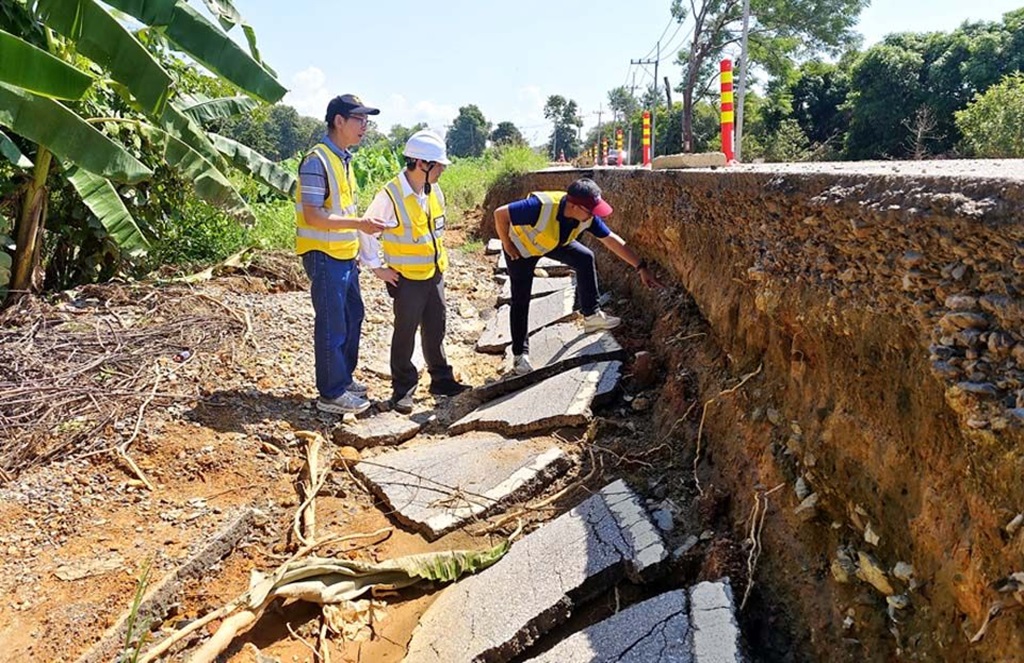
Homes Severely Damaged
Dr. Amorn reported that the electrical system and roads urgently need repairs for travel and transportation of goods and for repairing and building houses for the public, with support from the National Science, Technology, and Innovation Policy Office (NSTDA).
The deputy governor has sent an urgent letter to the NSTDA requesting assistance in surveying damaged and uninhabitable houses, including detailed calculations, modeling, and cost estimation.
Engineers have surveyed the damaged areas in Mae Sai district and stated that the overall situation is still critical. Restoring them will take at least three months because houses along the river are compacted with mud.
Mrs. Atitathorn Wanchaithanawong, President of Chiang Rai Provincial Administrative Organization, said a working group will be set up with the volunteer engineer team to help coordinate with local authorities, especially Mae Sai Subdistrict Municipality and Mae Sai Mittraphap Subdistrict Municipality, to thoroughly survey the areas.

Creation of a risk map
She said the urgent survey points include a safe area for constructing a new village to replace 13 severely damaged houses in Ban Yu Suk, Wiang Kaen District, and in Ban Huai Sai Khao, Wiang Pa Pao District, where landslides from a mountain caused more than 10 houses to collapse. Also included is a school construction site in Ban Huai Hin Lat, Wiang Pa Pao District, to be built in the original area or moved to a new location.
In addition, the damaged road in Ban Muang Ngim must be urgently repaired because flooding caused the embankment to collapse. The engineering team proposed strengthening the embankment with concrete, raising it, and planting trees to absorb water.
Meanwhile, Asst. Prof. Dr. Rattapol Ketiyas, Deputy Dean of the Faculty of Engineering at the Rajamangala University of Technology Lanna Chiang Rai, proposed creating a risk map and a warning system that covers all disasters, including earthquakes, landslides, floods, and PM2.5 dust because Chiang Rai is a high-risk area.
He mentioned that the Chiang Rai Provincial Administrative Organization is working on the “Chiang Rai Smart Environmental City Model,” which will consider the impact on the environment and climate change while preparing for natural disasters by using technology to manage them systematically, such as water and waste resource management, weather management, and disaster monitoring.
The “Chiang Rai Smart Environmental City Model” will collect damage data and repair methods for structures eroded by water for the Provincial Administrative Organization to facilitate financial support for a warning system for disaster forecasting.
Related News:
Residents in Mae Sai Chiang Rai Abandon the first floor of their Muddy Homes

Geoff Thomas is an award winning journalist known for his sharp insights and no-nonsense reporting style. Over the years he has worked for Reuters and the Canadian Press covering everything from political scandals to human interest stories. He brings a clear and direct approach to his work.




